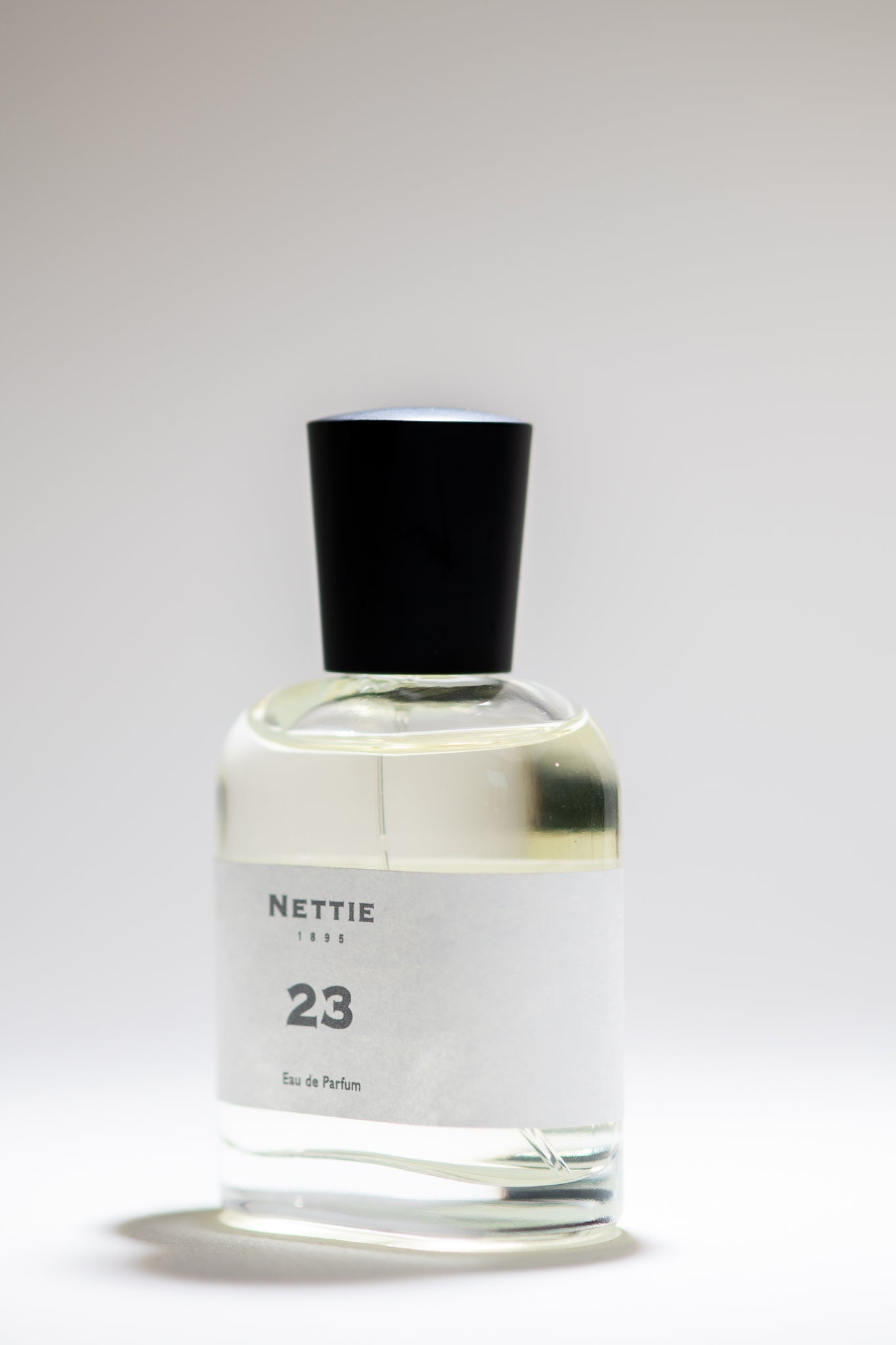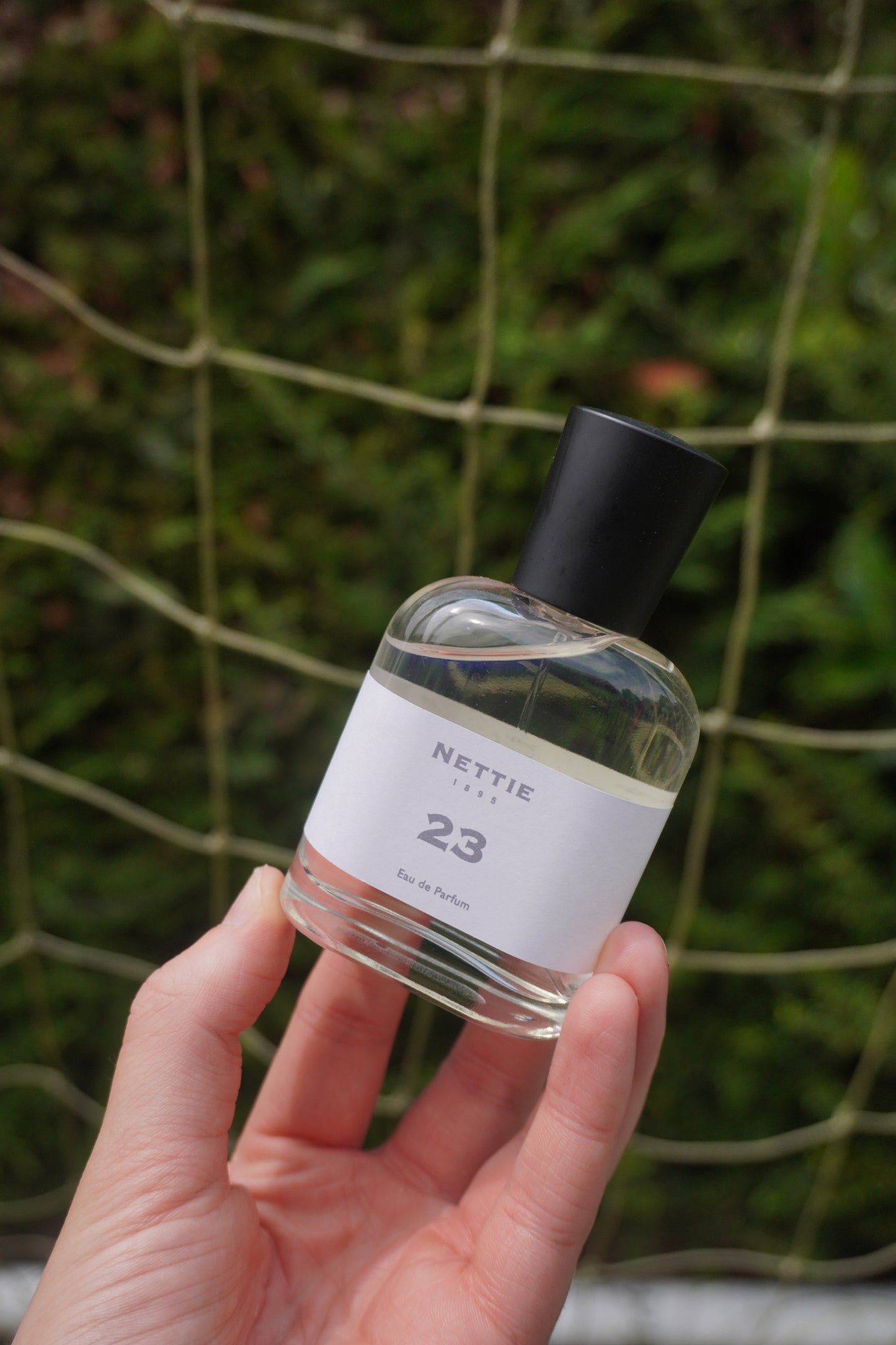23 Blog(2):Chapter One: Her Name Once in Lights
There was always something peculiar about the photograph.
It perched quietly on the mantlepiece at Gran’s, nestled between a chipped china clock and a bunch of dried lavender that had long since lost its scent. No frame, no inscription, just a small, curling postcard pinned there with an old paperclip.
The woman in the picture was doing something quite impossible—at least, it seemed so to me, aged ten and thoroughly impressed. She was upside down, balancing on her hands, with one leg arched back so far that her toes touched her mouth. And she was smiling. Not the sort of smile one gave for family portraits, but a knowing, rather mischievous smirk—as though she was enjoying a joke no one else was in on.
“Who is she?” I asked.
Gran barely looked up from her knitting.
“That’s Lily Flexmore,” she said matter-of-factly. “Your great-aunt. Her name used to be in lights, you know.”
“In lights?” I repeated, confused.
Gran gave a vague shrug. “She was on stage. A performer. I saw her once when I was little. There were feathers, footlights, the lot.”
I had so many questions, of course, but Gran had that tone—the one that meant the conversation was now finished. And so, for years, it remained one of those strange little family mysteries, filed away in the attic of my mind, next to the odd spoon collection and the business with Uncle Stanley’s vanished savings.
But I never forgot her.
Years later, on a particularly dull Sunday afternoon, I unearthed the photograph again. It had been tucked inside a biscuit tin full of Gran’s letters and bits of string (she never threw anything out, not even string). There she was: Lily Flexmore, still upside down, still smirking.
I stared at her for a long time. Then I opened my laptop.
I typed in the name.
Nothing much came up.
A few obscure mentions in theatre programmes from the 1890s. One or two newspaper clippings. A line in an old review: Miss Flexmore’s contortions were both shocking and splendid. And then, rather suddenly, the trail went cold.
That, more than anything, made me curious.
Who was she really? What happened to her? And why had her name, once supposedly written in light, faded so completely into shadow?
So I did what any self-respecting, nosy descendant would do.
I went digging.
I combed through parish records and census returns. I chased up obscure theatre archives. I wrote to museums and historians, followed every clue, no matter how faint. And gradually, like piecing together a great dusty jigsaw, I began to discover the truth.
Her real name was Ellen Mary Anne Dunn. Born in 1879, in Clerkenwell, London. She grew up on Whitecross Street, a noisy, rough-and-ready part of the city crammed with market stalls, bootmakers, and more pickpockets than policemen. Her father made shoes. Her mother made ends meet.
No middle-class comforts. No piano lessons. No finishing school.
Just soot, stew, and second-hand boots.
And yet somehow—by grit or luck or sheer daring—she became Lily Flexmore.
And not only that.
Somewhere along the way, she also became a footballer.
A real one. Boots and all.
It started with a chance encounter—one of those odd little accidents that changes everything. While researching Lily, I stumbled upon an article written by a football historian named Stuart Gibbs. He was trying to identify a player from Britain’s first-ever women’s football team. The team had played in 1895. And among the line-up was a mysterious name: Ruth Coupland.
Only no one could find any trace of Ruth Coupland ever existing.
Stuart had a theory—that she might have been using a stage name. Many of the players did. They weren’t supposed to be rough-and-tumble working-class girls, you see. The press wanted them to be respectable. Lady Florence Dixie, the team’s sponsor, had worked very hard to paint them as “ladies” rather than entertainers.
But then came a cheeky little newspaper piece in 1897, describing how the players had put on a rather risqué show after one of their matches. Stage names were listed. One of them was Lily Flexmore.
I contacted Stuart. We compared notes.
And suddenly, like magic, the pieces fit.
Ruth Coupland was Lily. And Lily was Ellen.
A contortionist. A comedian. A footballer.
A girl from the East End who kicked balls by day and tied herself in knots by night.
No wonder her smile looked so secretive.
She’d lived a double life.
Perhaps even a triple one.
And so, the story began.
In dusty archives, in cryptic clippings, in the reluctant murmurs of old records, she came back to life.
She was there at Crouch End for that first historic match. She played for the North team. She danced across stages in Germany and South Africa and Boston and Hull. She sang comic songs and made crowds roar with laughter. She toured for decades—until her name, like so many others, began to vanish from the papers.
She died in 1934. She was fifty-four. A viral infection took her, just months after her husband passed away. They are buried side by side in East Finchley.
And I have stood there, beside that grave, brushing away the leaves.
I don’t think she ever expected anyone would come looking for her.
But I did.
Because some stories—no matter how deeply buried—are simply too good to stay forgotten.
And because she deserved more than a crumpled postcard on a dusty mantel.
She deserved her name back.
In lights.











